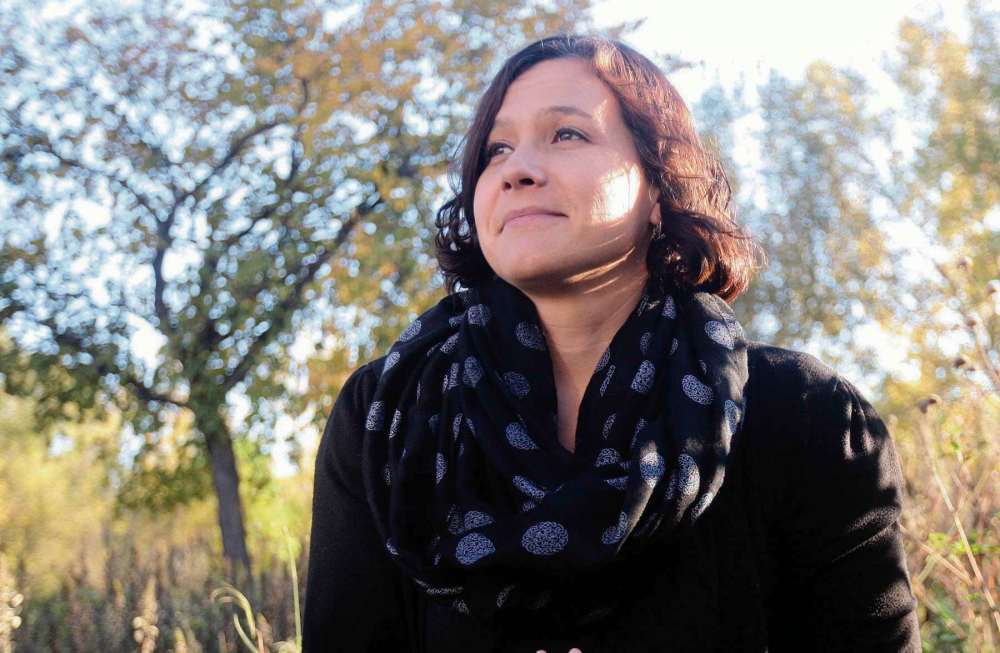Committee created to guide naming of markers, places
Advertisement
Hey there, time traveller!
This article was published 21/09/2020 (1892 days ago), so information in it may no longer be current.
A new committee has been created to help guide decision-making around naming, renaming, and removing historical markers and place names throughout Winnipeg.
The purpose of the committee is also to improve the presence of Indigenous perspectives, experiences, and contributions, according to a City of Winnipeg news release issued on Sept. 8.
“I think that what we’ve heard from community is that it’s not necessarily the full story that’s being told in some of our existing places, and some information either needs to be added or created to balance the story,” Rhonda Forgues, manager of Indigenous relations with the City of Winnipeg, told The Times.

On Jan. 30, city council passed a motion to adopt the Welcoming Winnipeg: Reconciling our History policy, which included establishing a committee to review naming applications and provide recommendations to council.
The Welcoming Winnipeg Committee of Community includes eight individuals: Erin Millions, Katherena Vermette, Robert Gendron, Mabel Horton, Albert McLeod, Reanna Merasty, Angelic Mojic, and Raymond Sokalski. Tricia Chestnut has been selected by Mayor Brian Bowman as an ex-officio member.
The committee will meet between five and six times annually to review applications, which are submitted by the public, Forgues said. Members will also receive a $75 honorarium for every two-hour meeting.
Millions, who is a post-doctoral fellow at the University of Winnipeg and researches and teaches Indigenous histories, explained why she applied to be on the committee.
“I joined because I want Winnipeggers to better understand the Indigenous histories of our city. And I want Indigenous Winnipeggers to see their histories reflected in our street names, our green spaces, and monuments and plaques.
“One of the interesting things about Winnipeg … is that we actually have a lot of Indigenous history built into our place names already, but Winnipeggers just don’t know what that history is.”
The formation of the committee comes at a time when dialogue around the value of monuments commemorating historical figures has increased.
In August, for example, activists in Montreal tore down a statue of Sir John A. Macdonald, citing his role in the creation of the residential school system.
Both Prime Minister Justin Trudeau and Quebec Premier François Legault were among those who condemned the activists’ actions.
“(Speaking) as a professional historian, we don’t learn history from statues and monuments. What statues and monuments tell us is about the values of the people who made the decision to erect those monuments or those statues at the time it was erected,” Millions, a St. Boniface resident, said.
This is why more consideration needs to be given to existing markers and place names and ones that have yet to be created, she said.
“What I think (this committee) says about Winnipeg as a city is that Winnipeggers as a whole are more open to learning more about Indigenous perspectives and Indigenous histories, and supporting efforts to incorporate those into our daily lives.
“And I think … the committee will be able to move those efforts forward in ways that are maybe not being done in the same way in other cities.”




